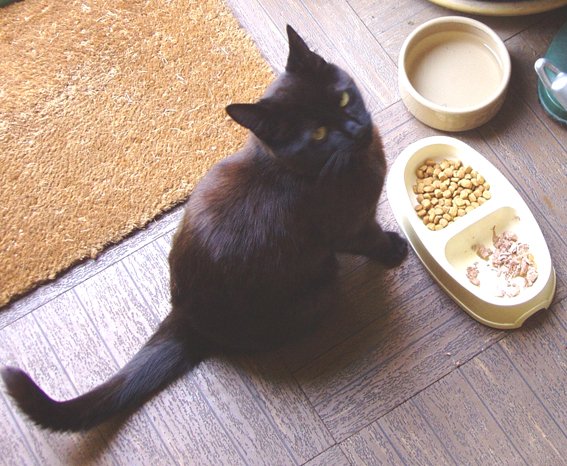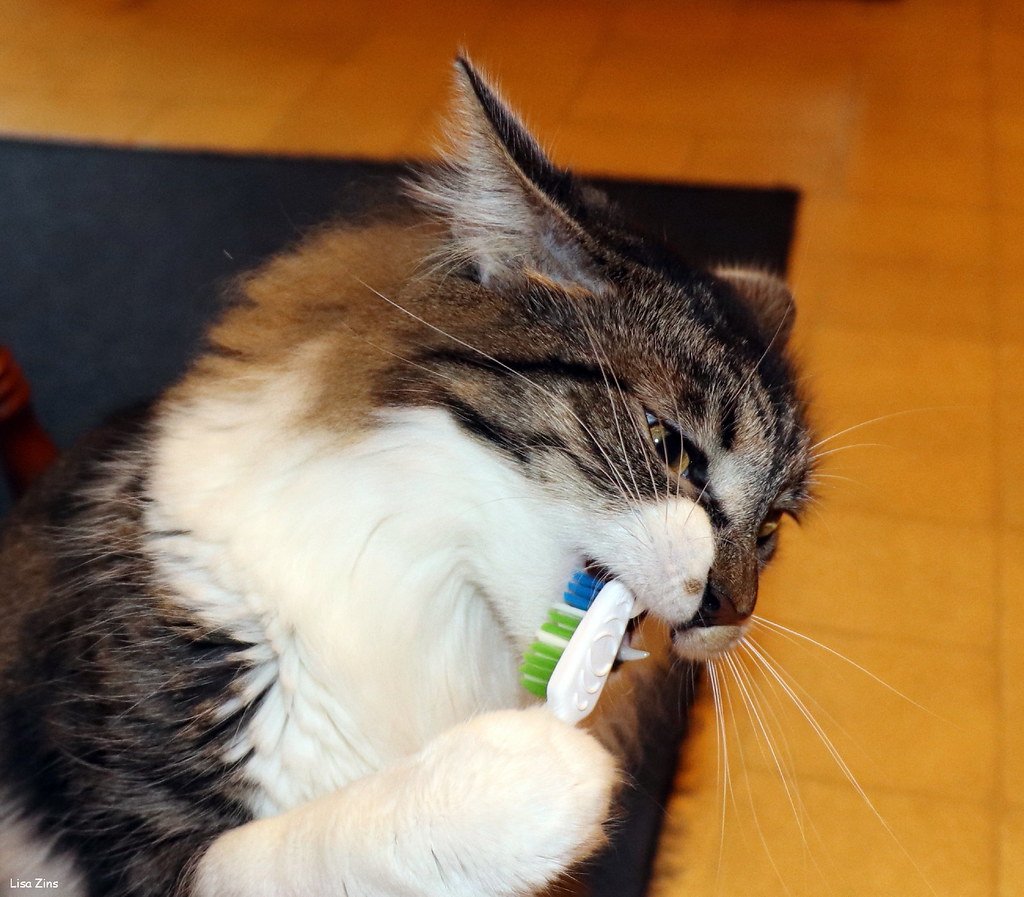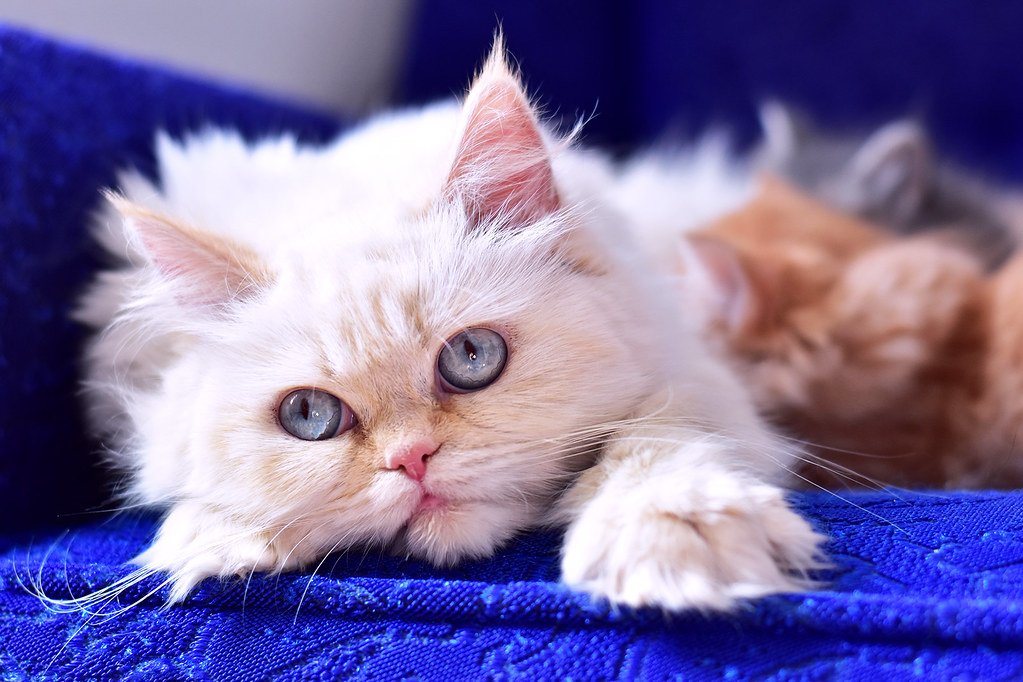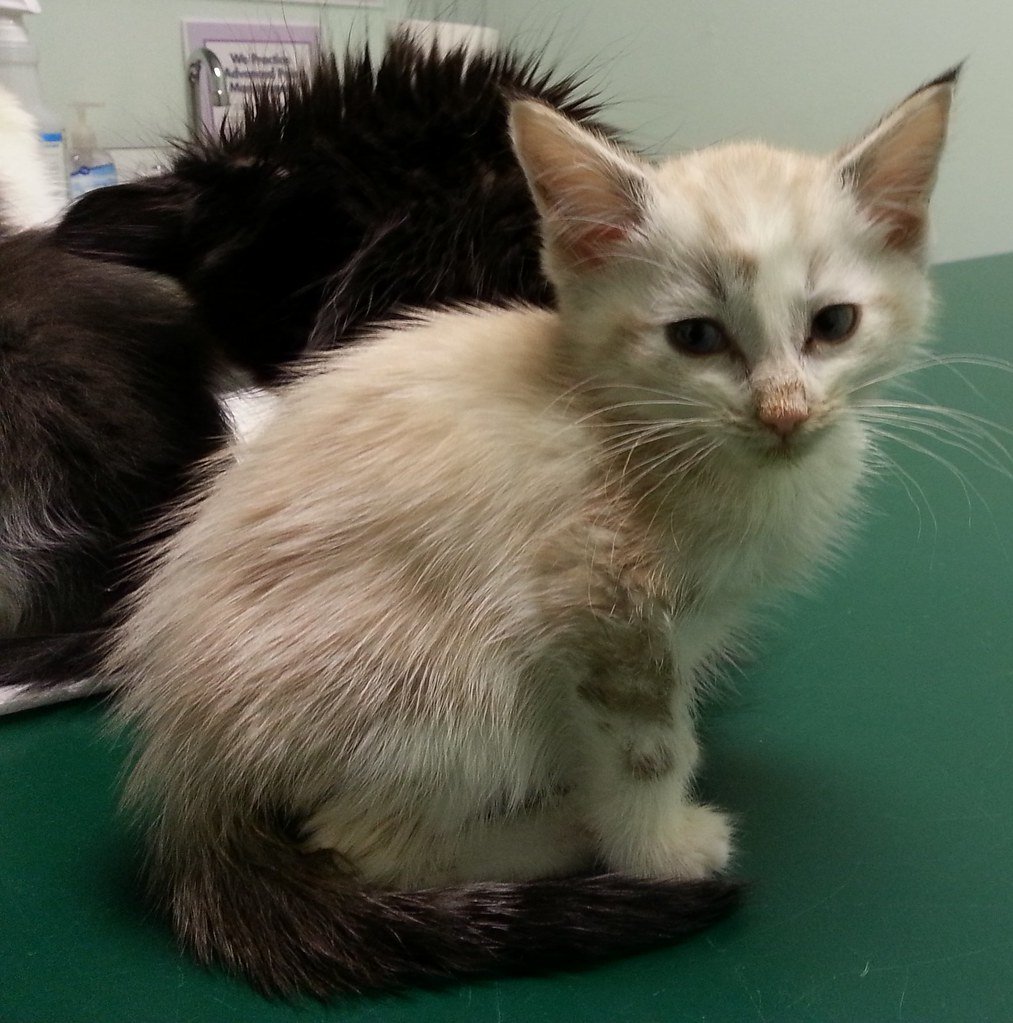The Hidden Struggle Your Cat Faces Every Day

Picture this: you’re eating your favorite meal, but every time you take a bite, someone taps you on the shoulder with a feather. Annoying, right? That’s essentially what whisker fatigue feels like for your feline friend. These ultra-sensitive facial hairs aren’t just cute decorations – they’re sophisticated sensory equipment that can become overwhelmed. When your cat’s whiskers constantly brush against their food bowl, it creates a sensory overload that most pet owners never even notice. This invisible discomfort affects millions of cats worldwide, yet it remains one of the most misunderstood aspects of feline care.
What Exactly Are Cat Whiskers

Cat whiskers, scientifically called vibrissae, are thick, stiff hairs that are three times deeper rooted than regular fur. They’re connected to a complex network of nerves and blood vessels, making them incredibly sensitive to even the slightest touch or air movement. Think of them as your cat’s personal radar system – they can detect changes in air currents, measure spaces, and even sense approaching objects in complete darkness. These remarkable sensory tools contain proprioceptors, specialized nerve endings that send constant information to your cat’s brain about their surroundings. Most cats have between 12 to 24 whiskers arranged in four rows on each side of their face, creating a sensory map of their world.
The Science Behind Whisker Sensitivity

Each whisker follicle contains hundreds of nerve endings that are directly connected to your cat’s nervous system. When a whisker moves, it sends electrical signals to the brain faster than you can blink. This hypersensitivity is what makes cats such skilled hunters and navigators, but it also makes them vulnerable to sensory overload. The nerve pathways from whiskers connect to the same brain regions that process touch, pain, and spatial awareness. Research shows that whisker stimulation can actually change your cat’s heart rate and stress hormone levels. It’s like having super-powered fingertips that never get a break from feeling everything around them.
Classic Signs Your Cat Has Whisker Fatigue

Does your cat act like their food bowl is the enemy? They might approach it cautiously, eat only from the center, or paw food out onto the floor before eating. These aren’t signs of pickiness – they’re coping mechanisms for whisker discomfort. You might notice your cat tilting their head at odd angles while eating, or they may seem stressed and agitated around mealtime. Some cats will actually refuse to eat from deep bowls entirely, leading worried owners to think their pet is sick. Watch for cats that eat quickly and then back away, or those who seem to “dance” around their food bowl instead of diving in normally.
Why Standard Food Bowls Are the Enemy

That cute, deep ceramic bowl you bought for your cat? It might be torture device in disguise. Traditional food bowls force cats to push their whiskers against the sides with every bite, creating constant irritation. The deeper the bowl, the worse the problem becomes – imagine trying to eat soup from a narrow glass while wearing long, sensitive antennae. This design flaw has been overlooked for decades because humans simply don’t experience the world through whiskers. The curved sides of most bowls create a sensory nightmare, trapping your cat’s whiskers and overwhelming their nervous system. Even stainless steel bowls, while hygienic, can amplify the problem with their rigid surfaces and echoing sounds.
The Emotional Impact on Your Feline Friend

Whisker fatigue isn’t just physical discomfort – it’s an emotional burden that can change your cat’s entire personality. Cats experiencing chronic whisker stress often become anxious, withdrawn, or aggressive around food. They may start associating mealtime with discomfort, leading to eating disorders or food aversion. Some cats develop behavioral issues like excessive grooming, hiding, or even lashing out at their owners during feeding time. The constant sensory bombardment can leave cats feeling vulnerable and on edge, affecting their overall quality of life. It’s heartbreaking to think that something as simple as a bowl choice could cause such distress to our beloved companions.
Water Bowls Can Be Culprits Too

The problem doesn’t stop at food – many cats suffer whisker fatigue from their water bowls as well. This explains why some cats prefer to drink from faucets, toilets, or even puddles instead of their designated water bowl. Deep, narrow water dishes force cats to dip their sensitive whiskers into the water, creating an unpleasant sensation with every sip. Some cats will actually dehydrate themselves rather than deal with whisker discomfort while drinking. The ripple effect on their health can be serious, leading to urinary tract issues and kidney problems. It’s amazing how something so simple can have such far-reaching consequences for feline health.
Why Some Cats Are More Susceptible

Not all cats experience whisker fatigue equally – some are more sensitive than others due to genetics, age, or individual temperament. Long-haired breeds often have more prominent whiskers, making them more vulnerable to sensory overload. Senior cats may develop increased sensitivity as their nervous systems change with age. Anxious or stressed cats are also more likely to experience whisker fatigue, as their already heightened state makes them more reactive to sensory input. Cats that have experienced trauma or have underlying health conditions may be particularly susceptible. Even the thickness and length of individual whiskers can influence how severely a cat experiences this condition.
The Solution Is Surprisingly Simple

The good news? Fixing whisker fatigue is often as easy as changing your cat’s feeding setup. Shallow, wide bowls allow cats to eat without their whiskers touching the sides, instantly relieving the sensory pressure. Flat plates work even better, giving cats complete freedom to eat naturally without any whisker interference. The transformation can be immediate and dramatic – cats that seemed finicky or anxious around food suddenly become enthusiastic eaters. Many pet owners report that their cats seem happier and more relaxed overall after making this simple change. It’s one of those rare problems with a quick, inexpensive, and highly effective solution.
Choosing the Perfect Whisker-Friendly Bowl

When shopping for whisker-friendly bowls, think wide and shallow rather than deep and narrow. The ideal bowl should be wider than your cat’s whisker span, which is typically about 5-6 inches for most cats. Look for bowls with gently sloped sides rather than straight vertical edges, as these allow easier access to food. Raised feeding stations can also help by positioning the bowl at a more comfortable angle for your cat’s neck and whiskers. Materials matter too – smooth ceramics or stainless steel are preferable to rough textures that might irritate sensitive whiskers. The investment in a proper bowl is minimal compared to the dramatic improvement in your cat’s dining experience.
Multiple Cat Households Face Extra Challenges

In homes with multiple cats, whisker fatigue can create additional stress and competition around food. Cats already dealing with sensory overload may become more aggressive or defensive during feeding time. Some cats may avoid eating altogether if they’re competing with other cats while also managing whisker discomfort. The solution often involves providing multiple feeding stations with whisker-friendly bowls, giving each cat their own comfortable space. Elevated feeding areas can also help reduce competition and allow cats to eat without crowding. Creating a calm, whisker-friendly environment becomes even more crucial when multiple felines are involved.
Long-term Health Benefits of Addressing Whisker Fatigue

Solving whisker fatigue often leads to improvements that go far beyond mealtime comfort. Cats who no longer experience feeding stress often show increased appetite, better weight management, and improved overall health. The reduction in chronic stress can boost their immune system and even improve their coat quality. Many owners report that their cats become more social and affectionate once this hidden source of discomfort is eliminated. Better hydration and nutrition naturally follow when cats can eat and drink comfortably. The ripple effects of this simple fix can enhance your cat’s quality of life in ways you might never have imagined.
Common Myths About Picky Eating

For years, cats displaying signs of whisker fatigue have been mislabeled as “picky eaters” or “food snobs.” This misconception has led countless owners to try different foods, expensive diets, or even appetite stimulants when the real problem was bowl design. The truth is that cats are actually quite adaptable when it comes to food – they’re just not willing to tolerate unnecessary discomfort while eating. Understanding whisker fatigue helps explain many “mysterious” feline behaviors that have puzzled pet owners for generations. It’s not about being difficult; it’s about self-preservation and comfort. This knowledge can revolutionize how we interpret our cats’ behavior and respond to their needs.
Prevention Is Key for Kitten Owners

Starting kittens with whisker-friendly feeding setups can prevent problems before they develop. Young cats who never experience whisker fatigue are less likely to develop food anxieties or eating disorders later in life. Early positive associations with mealtime create confident, relaxed eaters who enjoy their food without stress. Kitten owners have the perfect opportunity to establish healthy feeding habits from day one. The investment in proper bowls and feeding stations pays dividends throughout your cat’s entire life. Prevention is always easier than trying to retrain an adult cat who has already developed negative associations with eating.
When to Consult Your Veterinarian

While whisker fatigue is often easily resolved with bowl changes, persistent eating problems should always be evaluated by a veterinarian. Some cats may have underlying dental issues, digestive problems, or other health conditions that affect their eating behavior. If changing to whisker-friendly bowls doesn’t improve your cat’s eating habits within a few weeks, it’s time for a professional assessment. Sudden changes in appetite, weight loss, or signs of pain while eating warrant immediate veterinary attention. Your vet can help rule out serious medical conditions and provide guidance on creating the ideal feeding environment for your specific cat. Remember, whisker fatigue is just one piece of the puzzle when it comes to feline health and wellness.
This simple change in understanding and equipment can transform your cat’s daily experience from stress to satisfaction – isn’t it amazing how the smallest adjustments can make the biggest difference in our pets’ lives?
Hi, I’m Bola, a passionate writer and creative strategist with a knack for crafting compelling content that educates, inspires, and connects. Over the years, I’ve honed my skills across various writing fields, including content creation, copywriting, online course development, and video scriptwriting.
When I’m not at my desk, you’ll find me exploring new ideas, reading books, or brainstorming creative ways to solve challenges. I believe that words have the power to transform, and I’m here to help you leverage that power for success.
Thanks for stopping by, Keep coming to this website to checkout new articles form me. You’d always love it!






